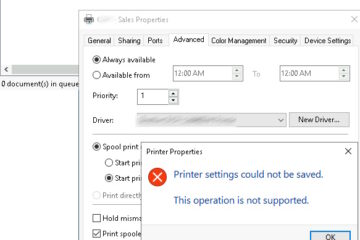 Crytojacking may sound like a method of extorting money by encrypting files against someones will and then charging them for the decryption key. However it is not. Cryptojacking is using unsuspecting peoples devices to cyrptomine (compute solutions to make new cryptocurrency), like Bitcoin.
Crytojacking may sound like a method of extorting money by encrypting files against someones will and then charging them for the decryption key. However it is not. Cryptojacking is using unsuspecting peoples devices to cyrptomine (compute solutions to make new cryptocurrency), like Bitcoin.
Can Cells and Tablets be CryptoJacked?
When we say devices, we mean all devices with a processor, including low power devices like tablets and cell phones. If you know anything about cryptomining takes an enormous amount of processing power and so you would think that cell phones and tablets would not have enough ‘power’ to bother with. While that is true, it is also true that there are billions of such devices. Research firm Wondera reported that the number of cryptojacking attacks on mobile devices increase 287% between October and November 2017.
What Hardware Do Cryptojackers Want To Use?
Cryptojackers will ideally steal compute cycles from high end Graphics Processing Units (GPU’s) from gamer machines, but they are few and far between. After GPU’s they will try to steal compute cycles on regular PC’s and servers. Cellphones and Tablets are at the bottom of the barrel but so many of them are unprotected, they are still attractive and useful to Cryptojackers.
The very best platform for a Cryptojacker is “cloud” computers. Remember that the “cloud” is just someone else’s computer, but usually the clouds are made up of thousands and thousands of computers. If a hacker can get into your Bitcoin trading platform or Amazon Web Services (AWS) or Microsoft Azure or Google Cloud, and install some cryptocurrency mining software, they have hit the jackpot:
Why Not Cryptomine On Your Own Hardware?
You have heard that Crypto-currency valuations have gone up to very high levels ($2000 for single Bit-Coin) and so you might think that the miners would just buy equipment and run their own mining operation. However, crypto-mining gets more complex every time a new “coin” is issued which means cryptominers need ever increasing amounts of compute power to decrypt new ‘coins’. That means 2017 saw a run on mid and high end graphics cards which resulted in a world-wide shortage that is expected to continue through at least the first half of 2018 and that caused the prices of those graphics cards to skyrocket. Also, the profitability of such mining has taken another hit because it takes an ever increasing amount of processing power, which also translates into ever increasing use of electricity and cooling which also cost money. So even if bitcoin miners wanted to mine legitimately, it would be difficult to be profitable.
How To Protect Yourself From Being Cryptojacked?
You can get your devices Cryptojacked just like any other malware attack and you can protect yourself in the usual ways
- Most antivirus’ consider cryptomining software to be a “parasite” and they will block it
- Microsoft SmartScreen (used in Internet Explorer and Edge) will also block most cryptomining downloads
- Google Chrome offers plugins to stop cryptomining
- If your computer/cell/tablet/… starts running slow all of a sudden or your battery is draining very quickly, you should perform a full malware scan to check for parasitic cryptominers



3 Comments
George · March 20, 2018 at 2:30 am
Cryptojacking mobile devices is just ridiculous. It actually takes the whole meaning of “ridiculous” to a whole new level. You’ll need tens or maybe even hundreds of mobile devices to get the results of one GTX 1080.
What You Need To Know About Cryptocurrency Before Investing In It This 2021 – Up & Running Technologies, Tech How To's · February 14, 2021 at 5:07 pm
[…] variations in the volatile market. So, Although it’s likely you can earn money by trading the cryptocurrency or its derivatives, it’s not secure or safe for the casual […]
Japan`s First Cryptojacking Case Under Police Investigations – Coingale · June 13, 2018 at 9:14 am
[…] outlet has disclosed that investigations are underway to unravel the circumstances surrounding a cryptojacking incident which occurred on Tuesday, June 12, involving Coinhive, a Monero-mining […]